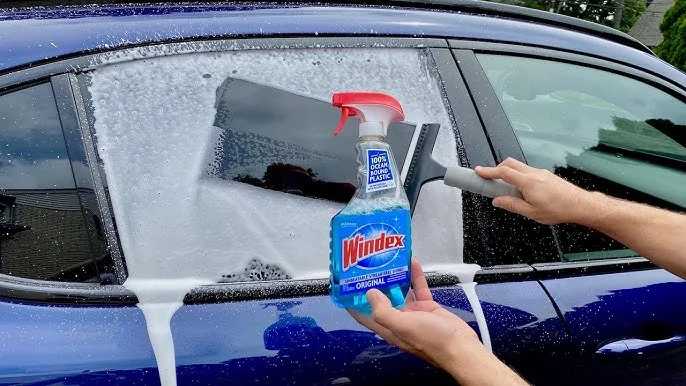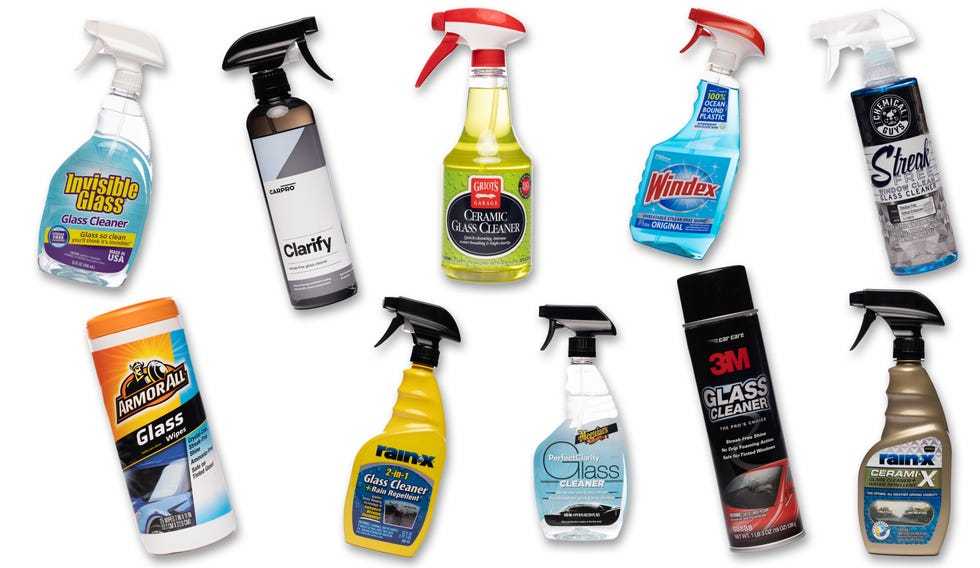To quickly identify a laminated glass layer, look for a distinctive thin film sandwiched between two sheets of glass, often visible when the glass is broken or examined closely. You can also gently press or tap the glass; laminated glass tends to be more resilient and less shatters into sharp pieces compared to regular glass. A simple way is to check for safety markings or labels that indicate lamination.
Laminated glass is designed with a durable plastic layer—usually polyvinyl butyral—between two glass sheets, making it safer and more resistant to impact. This feature is crucial in applications like car windshields and security windows. Knowing how to identify laminated glass can help you determine its suitability for safety, security, or aesthetic purposes. Whether you’re inspecting a window or trying to verify safety features, recognizing the laminated layer can save you time and ensure you’re making the right choice.
How to Identify Laminated Glass Layer
Understanding Laminated Glass and Its Composition
Laminated glass is made of two or more sheets of glass bonded together with a special plastic layer called polyvinyl butyral (PVB). This layer acts as a glue, holding the glass pieces firmly in place even if the glass breaks. Recognizing this layer is essential for identifying laminated glass.
Visual Indicators of Laminated Glass
One of the simplest ways to identify laminated glass is by its visual features. When you look closely, you may notice a slight transparency or a unique pattern inside the glass.
Presence of a Visible Interlayer
Laminated glass often shows a faint, sometimes colorful, line or web-like pattern between glass layers. This is caused by the plastic interlayer which can be seen when the glass is held up to the light.
Greenish Tint Around Edges
A common sign of laminated glass is a subtle greenish hue near the edges of the pane, especially in thicker or larger sheets. This tint results from the glass and plastic layers interacting and is more pronounced under certain lighting.
Testing Methods to Confirm Laminated Glass
Several practical tests can help distinguish laminated glass from other types of glass like tempered or annealed.
Conduct a Light Test
Hold the glass against a strong light source or sunlight. Laminated glass tends to block some light and display visible layers or patterns inside, unlike standard float glass.
Perform a Tap Test
Gently tap the glass with a small metal object or your fingernail. Laminated glass produces a dull, muted sound, whereas regular glass sounds clearer and sharper.
Use a Power Drill or Sharp Tool
Carefully attempt to drill or scratch the surface. Laminated glass resists cracking and splintering thanks to its plastic layer, which helps prevent dangerous shards. Be cautious with this method to avoid damage or injury.
Specialized Equipment and Professional Identification
If you need a definitive answer, professional tests and tools are available.
Ultrasonic or Spectroscopic Testing
Experts use ultrasonic devices to detect the internal layers or spectroscopy techniques that analyze the chemical composition. These methods are highly accurate but require specialized equipment.
Consulting with Glass Experts or Labs
For conclusive verification, contacting professional glass laboratories can provide detailed analysis. They can confirm whether the glass is laminated based on its internal structure.
Understanding the Benefits of Laminated Glass Identification
Knowing how to identify laminated glass is vital for safety, repair, or replacement purposes. It helps in assessing the glass’s strength and safety features, especially in vehicles or buildings.
Additional Clues from Manufacturing and Markings
Some laminated glasses come with markings or stamps indicating their type. Check the edges or the back of the pane for manufacturer labels or codes that specify laminated safety glass.
Labels and Certification Marks
Look for symbols such as a “PVB” stamp or safety certifications from recognized standards organizations. These markings can quickly confirm the glass’s laminated nature.
Environmental and Safety Considerations
Laminated glass is designed to hold together in case of breakage, making it a common safety feature in windshields and windows. Recognizing it can help in evaluating safety compliance and building regulations.
Durability and Impact Resistance
Laminated glass resists shattering upon impact. If the glass shows signs of cracks but remains intact, it is likely laminated. This trait is vital in areas prone to severe weather or vandalism.
Comparison with Other Types of Glass
It’s helpful to differentiate laminated glass from tempered and float glass.
| Feature | Laminated Glass | Tempered Glass | Float Glass |
|---|---|---|---|
| Layer Composition | Glass + Plastic Interlayer | Heat-treated single glass | Standard float glass with no interlayer |
| Breaking Pattern | Adheres together when shattered | Breaks into small, blunt pieces | Breaks into large shards |
| Visual Clues | Visible internal layers or tint | Clear, uniform appearance | Transparent, smooth surface |
Summary of Key Identification Tips
– Look for a faint internal pattern or colour tint.
– Perform a light and tap test for internal clues.
– Check for manufacturer markings or labels.
– Use professional tools for confirmation.
– Recognize the characteristic impact resistance.
Related Topics to Explore
- Safety features of laminated glass
- Differences between laminated, tempered, and annealed glass
- Repair and replacement of laminated glass
- Standards and certifications for safety glass
By understanding these various signs and methods, you can confidently identify laminated glass layers, ensuring safety and proper handling of glass materials. Proper knowledge helps in making informed decisions whether for repairs, renovations, or safety assessments.
What Type of Glass be Used in Your Home Window | Float | Low-E | Tempered | Laminated | Insulated
Frequently Asked Questions
What visual cues indicate the presence of a laminated glass layer?
Look for specific visual features such as a slight haze or glare when viewing the glass at certain angles. Laminated glass may also exhibit a subtle layering effect or a distinctive interlayer between two glass sheets, which can sometimes be seen as a thin line or slight difference in clarity. Additionally, laminated glass tends to be more resistant to shattering, meaning it may show less cracking if subjected to impact compared to standard glass.
How can a simple scratch test help identify a laminated glass layer?
Perform a gentle scratch test on the glass surface with a fingernail or a soft object. Laminated glass generally resists scratching better than regular glass because of its polymer interlayer. If the surface resists scratching or if scratches do not penetrate deeply and do not cause the glass to break easily, it suggests the presence of laminated layers. However, always exercise caution to avoid damaging the glass unnecessarily.
Are there any specific lighting conditions that make laminated glass easier to identify?
Yes, certain lighting conditions, especially when light passes through or reflects off the glass at angles, can make the interlayer more visible. Backlighting or viewing the glass against a bright background can highlight the thin polymer layer within laminated glass. Observing how the glass interacts with light can help reveal its layered structure more clearly.
Can sound testing reveal if a glass is laminated?
In some cases, tapping lightly on the glass and listening to the sound produced can provide clues. Laminated glass may produce a duller, more muted sound compared to the clear, ringing tone of untreated glass. This difference occurs because the polymer interlayer absorbs some vibrations, affecting the overall acoustics of the material.
What role do professional tools play in identifying laminated glass layers?
Professionals often use specialized tools such as ultrasonic thickness gauges or refractometers to verify the presence of laminated layers. These devices can detect variations in density or structure within the glass, confirming whether a layer of polymer exists between glass sheets. While these tools provide precise assessments, visual inspection remains a practical initial step for identification.
Final Thoughts
To identify laminated glass layer, examine the glass for a visible plastic interlayer, which appears as a slight film between two glass sheets. Tap the surface gently; laminated glass often produces a duller sound compared to regular glass. When the glass shatters, observe if the shards stay bonded to the plastic layer, confirming its laminated nature. Recognizing these signs helps ensure accurate identification of laminated glass layer efficiently.



